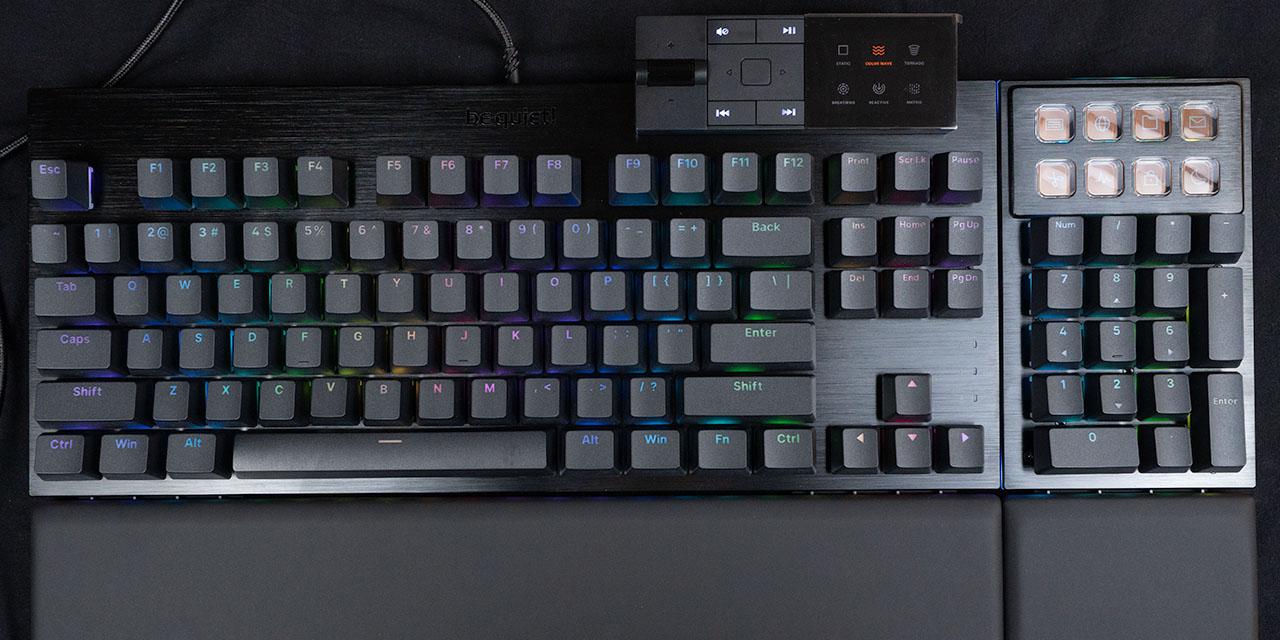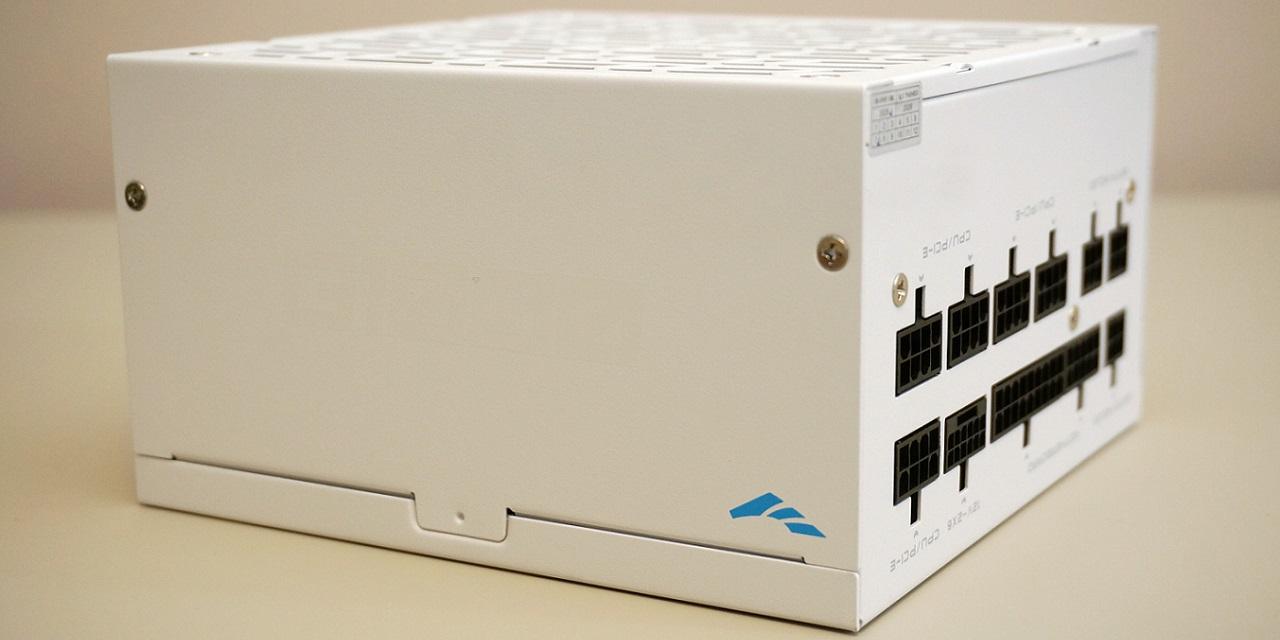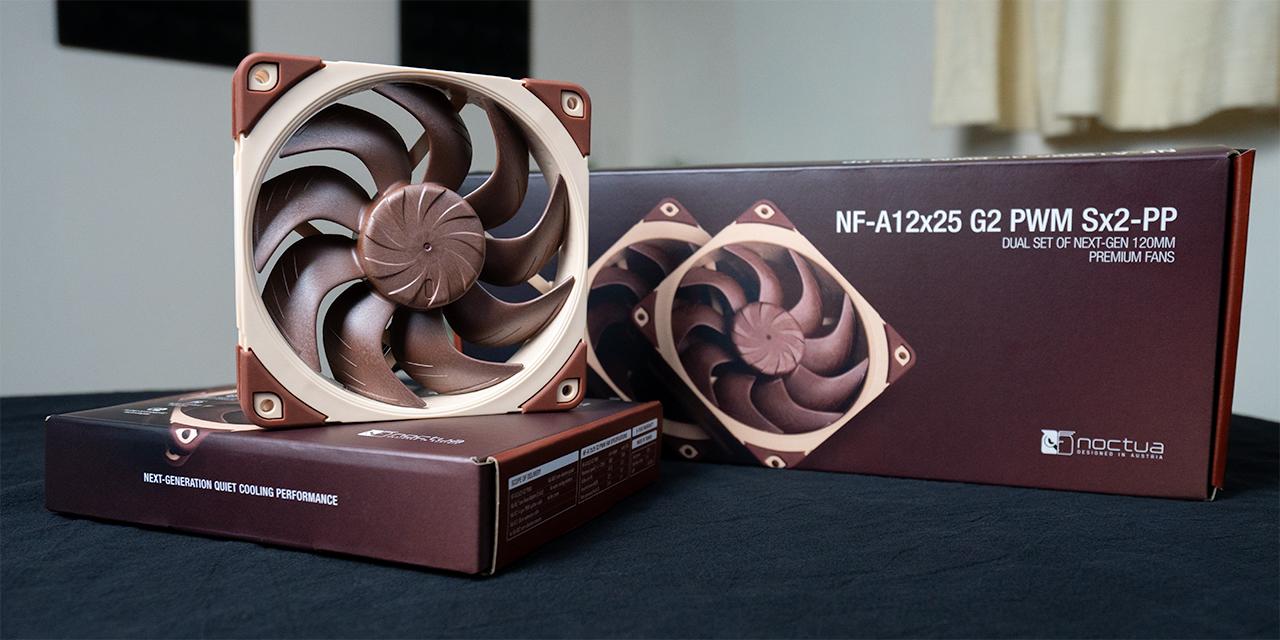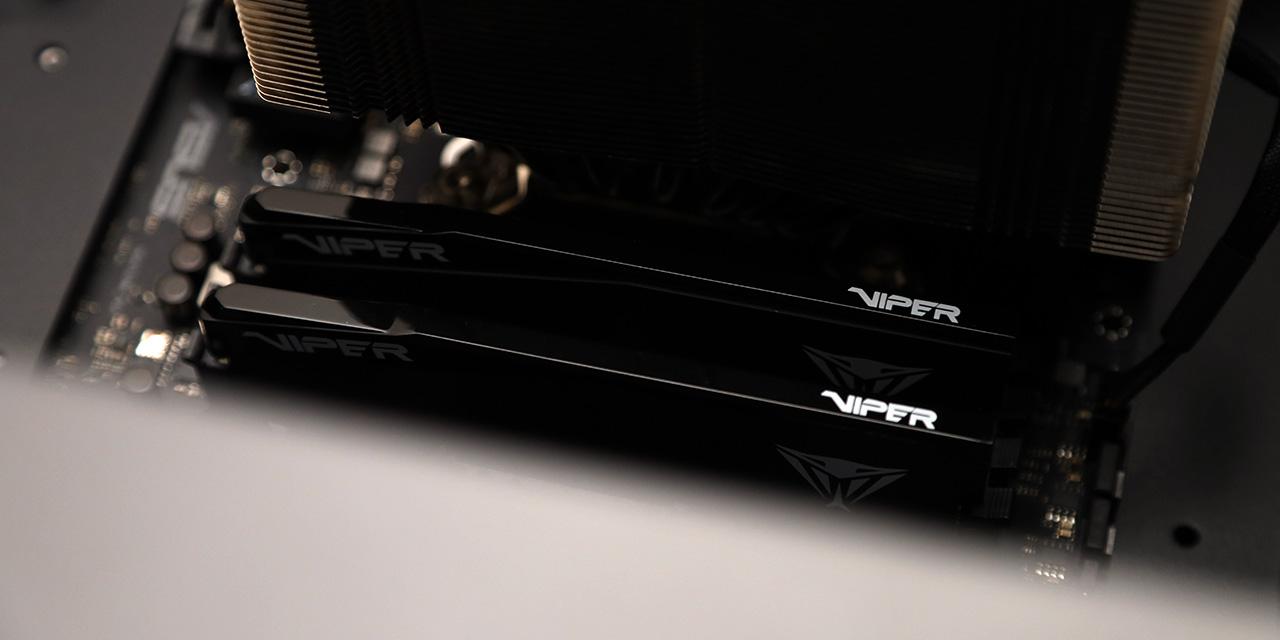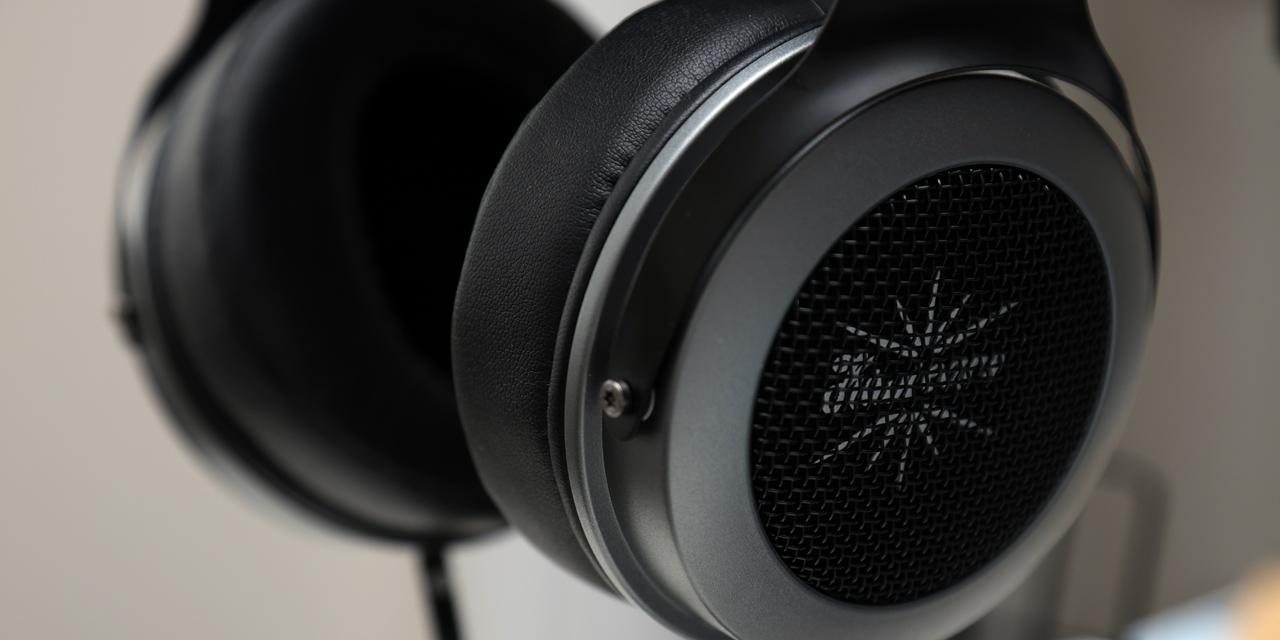Page 3 - A Closer Look - Disassembly and Internals

I was unable to open the Epomaker Carbon60. Unlike some of Epomaker's other keyboards where plastic clips keep the two layers together, screws keep this keyboard together. Underneath each of the keyboard's rubber feet are screws, but they have round heads, so I could not get past them. Epomaker does provide some information about what is inside. There are three different layers inside of the keyboard. There is a sandwich pad, switch pad, and bottom foam. These have a variety of functions to help with softening and dampening the sound of the keys, while also reducing any resonating or hollow sound from being produced. These layers are all one can fit inside of the slim profile of the Carbon60.

As usual, the key switch has a few different components to it. There are the two pieces of outer housing, which you can see above. The main stem can be pressed down to actuate a key. Inside the switch is a two-stage spring measuring 13.5mm in length. The stem of the switches is POM with a polycarbonate top housing and a Nylon PA66 bottom housing. The switches are lubricated from the factory. Overall, the different internal components of the Carbon60 are well-made.
Inside the Carbon60, there is also a 3000mAh battery, which has a total rated battery life of 23.6 hours with the backlight on and 176 hours with the backlight off. In my testing with the backlight on, I was able to get about 25 hours of use, which is a bit more than the rated lifespan. The battery life is good and should last even longer without the backlight on. I imagine using different backlight modes will also affect how fast the battery drains. Overall, it seems like the internal components of the Epomaker Carbon60 are well-made.
Page Index
1. Introduction, Packaging, Specifications
2. A Closer Look - Hardware and Software
3. A Closer Look - Disassembly and Internals
4. Conclusion
